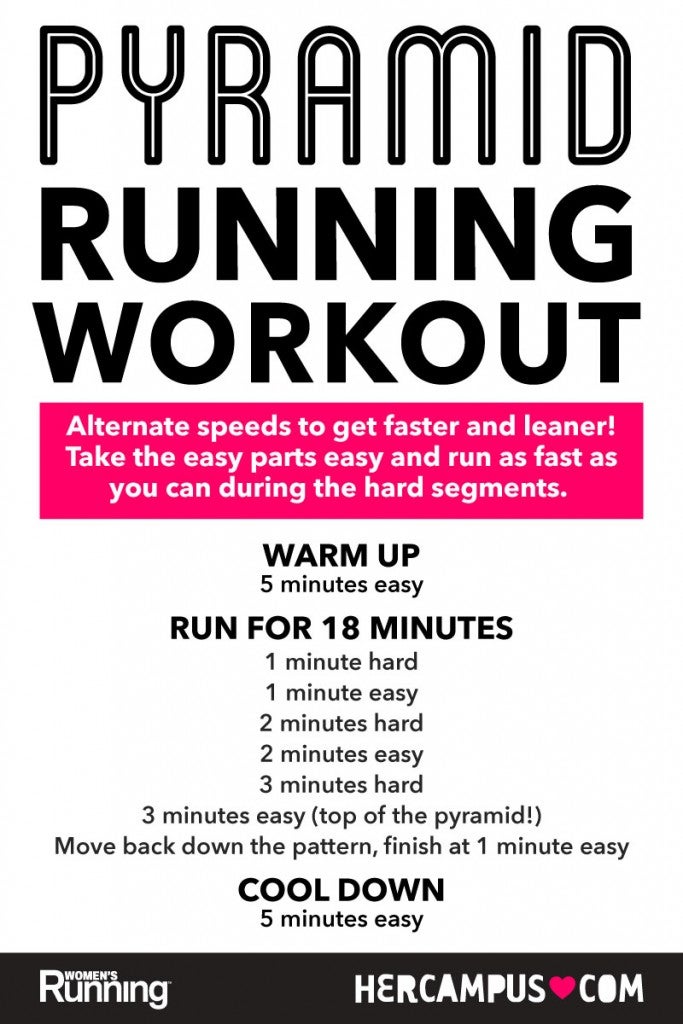The Ultimate Overview to Handling Discomfort When Running
For runners, experiencing discomfort throughout runs is not uncommon, and knowing just how to efficiently handle and stop it can make a substantial distinction in your overall performance and enjoyment of the sport. Whether you are an experienced marathoner or simply beginning your running journey, understanding the different sorts of pain that can develop and the techniques to address them is important. From pre-run workout routines to correct shoes choice, there are numerous factors to consider when it comes to taking care of discomfort while running. This comprehensive overview will certainly furnish you with the expertise and tools necessary to navigate with the discomfort and encourage you to achieve your running objectives with greater convenience.

Understanding Different Kinds of Running Discomfort
When running, it is necessary to identify between various sorts of pain to avoid injuries and maximize efficiency (Read More). One usual kind of discomfort that runners may experience is muscular tissue pain, which generally occurs from the anxiety placed on muscles throughout exercise. This kind of discomfort is commonly a typical part of the running process and can be taken care of with proper workout, cool-down, and extending regimens
Another kind of pain to be conscious of is joint discomfort. Joint pain can suggest concerns such as overuse, improper type, or underlying problems like arthritis. Disregarding joint discomfort can result in a lot more extreme injuries, so it is important to resolve any discomfort without delay and possibly seek specialist advice.
Furthermore, sharp or stabbing discomforts need to not be ignored. These sorts of discomfort can signify acute injuries such as strains, sprains, or anxiety cracks - running workout. Continuing to go through these kinds of discomfort can exacerbate the injury and prolong recovery time

Pre-Run Warm-Up and Stretching Regular
To prepare the body for a running session, executing an efficient pre-run warm-up and stretching routine is necessary. A proper workout helps increase blood flow to the muscles, improves flexibility, and lowers the threat of injury throughout the run. Begin with dynamic stretches like leg swings, arm circles, and high knees to gradually raise your heart price and chill out the muscle mass. Dynamic extending helps simulate the motions you'll be doing while running, preparing your body for the activity in advance. Follow this with fixed stretches concentrating on significant muscle mass teams such as the hamstrings, quadriceps, calf bones, and glutes. Hold each stretch for concerning 15-30 secs without jumping to advertise muscular tissue leisure and flexibility. Remember to listen to your body and readjust the strength of your warm-up based on your fitness degree and any kind of pre-existing conditions. By integrating a regular pre-run workout and extending routine into your running routine, you can maximize performance and minimize the threat of pain or injury.
Correct Footwear Option and Fit
Choosing appropriate shoes that fits well is essential for joggers to avoid discomfort and minimize the risk i was reading this of injuries. Uncomfortable shoes can cause sores, black toe nails, shin splints, and various other excruciating problems that can hinder efficiency and sideline training. When choosing operating footwear, it is vital to take into consideration elements such as foot kind, running gait, arch support, cushioning, and footwear dimension. running workout. Checking out a specialty running store for a stride evaluation and expert installation can help make certain that you pick the right footwear for your individual requirements. Running footwear should supply ample support and stability while likewise fitting and lightweight. Furthermore, it is suggested to replace your operating footwear every 300-500 miles to keep proper cushioning and support. Spending in high-grade shoes that is ideal for your running style and foot anatomy is a positive action in the direction of preventing pain and injuries during your runs.
Nutrition and Hydration Tips for Discomfort Prevention

Hydration is just as vital for runners to prevent pains, dehydration, and other pains that can lead to pain throughout running. It is recommended to consume an adequate quantity of water throughout the day and especially previously, throughout, and after running sessions. Electrolyte-rich beverages or sports beverages can additionally be useful for restoring lost minerals and preserving correct liquid balance. running strategy (Read More). By prioritizing nourishment and hydration, runners can boost their performance, lessen discomfort, and delight in an extra comfortable running experience.
Post-Run Recovery Techniques to Relieve Discomfort
Implementing efficient healing strategies is vital for alleviating pain and promoting muscle mass recuperation after running sessions. One key post-run healing method is extending. Including static stretches for major muscle mass teams can help in reducing muscle tension and discomfort. Foam rolling is one more valuable practice to release muscle tightness and improve blood flow to the muscle mass, aiding in quicker recovery. Additionally, topping aching locations for 15-20 mins can assist reduce swelling and numb pain post-run.
Hydrating appropriately post-run is crucial for restoring liquids shed throughout exercise and aiding in muscular tissue healing. Eating a well balanced treat or dish that consists of protein and carbs within half an hour of completing a run can assist fix muscle tissue and replenish energy shops. Furthermore, getting enough remainder is crucial for allowing the body to fix and enhance muscular tissues. Integrating energetic recuperation tasks such as light strolling or swimming can additionally assist advertise blood flow and lower muscular tissue stiffness - Read More. By incorporating these post-run recuperation strategies into your regimen, you can efficiently handle discomfort and enhance your running performance.
Final Thought
Finally, attending to different sorts of running pain via appropriate warm-up, stretching, shoes option, nourishment, hydration, and post-run recuperation techniques is important for discomfort avoidance and monitoring. By recognizing the root causes of discomfort and applying these strategies, joggers can lessen discomfort and possible injuries. It is critical to prioritize overall physical health and well-being to make certain a successful and delightful running experience.
Comments on “Enhance Your Running Workout: Professional Strategies Introduced”